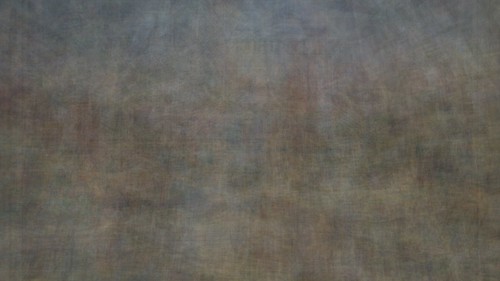The Assignment: “Adapt a famous artist’s work to change or reinforce its possible message.”
Here’s how this is going to work for the most dramatic of reveal effects. First, I am going to show you the original. Then, I am going to tell you what I changed and why. Finally, the result.
I chose to modify Gustav Klimt’s masterpiece entitled “Hope, II“. Here is the original:

“Hope, II” by Gustav Klimt
I undertook the manipulation with two goals: To emphasize the golden luminosity that is one of Klimt’s hallmarks, and to darken the main subject’s skin.
Now, I absolutely adore Klimt’s work for his use ofI would have been pleased if I could have made the background literally move, glowing darker and brighter, but modifying the rest of the picture to my standards was long and difficult enough without attempting to make a gif as well.
The choice to darken the woman’s skin was based on my interpretation of the picture. Klimt titled this piece “Hope, II” for a reason. When I saw this picture, I interpreted it as a pregnant (or simply fertile) woman being carried (literally or metaphorically) by her peers/other women. The position of her hand is nearly religious, making me wonder if this is a representation of Mary, pregnant with Jesus. In that case, the women carrying her are carrying the hope of humanity on their backs. They might represent the unique sisterhood women share by simply being women, or perhaps they express the lineage of women that eventually lead to Mary. It makes me think of the famous sentence Isaac Newton penned, “If I have seen further it is only by standing on the shoulders of giants.” Essentially, Mary is standing on the shoulders of her female ancestors.
Now, I recently watched “Children of Men“, an amazing, heavily thematic and thought-provoking film, the premise of which is that women have become infertile, leading to a world of humans without hope for a future. They are, essentially, all just waiting to die. When a young woman named Kee becomes unwittingly pregnant, it throws the world for a loop. There are many religious and spiritual motifs, the most obvious being the Nativity story.
In a bold move, the director Alfonso Cuaron chose to cast Kee as an African, in response to the recent African origin of modern humans hypothesis that suggests that humanity began in Africa and moved across the world from there. I loved this choice, and wanted to “update” Klimt’s “Hope” to reflect this scientific possibility. Mary may not have been African, but as a symbol of humanity’s origins (in a sense), I think this works.
Here is the result:

“Hope, II” Re-Invisioned
This didn’t take me nearly as long as some other projects I’ve done so far for this class, but I thought I would be cool to make a time-lapse video. It starts out about half-way through the job, and covers about 45 minutes of work in 4 minutes (couldn’t really get it down to anything shorter).
[TO BE ADDED]














